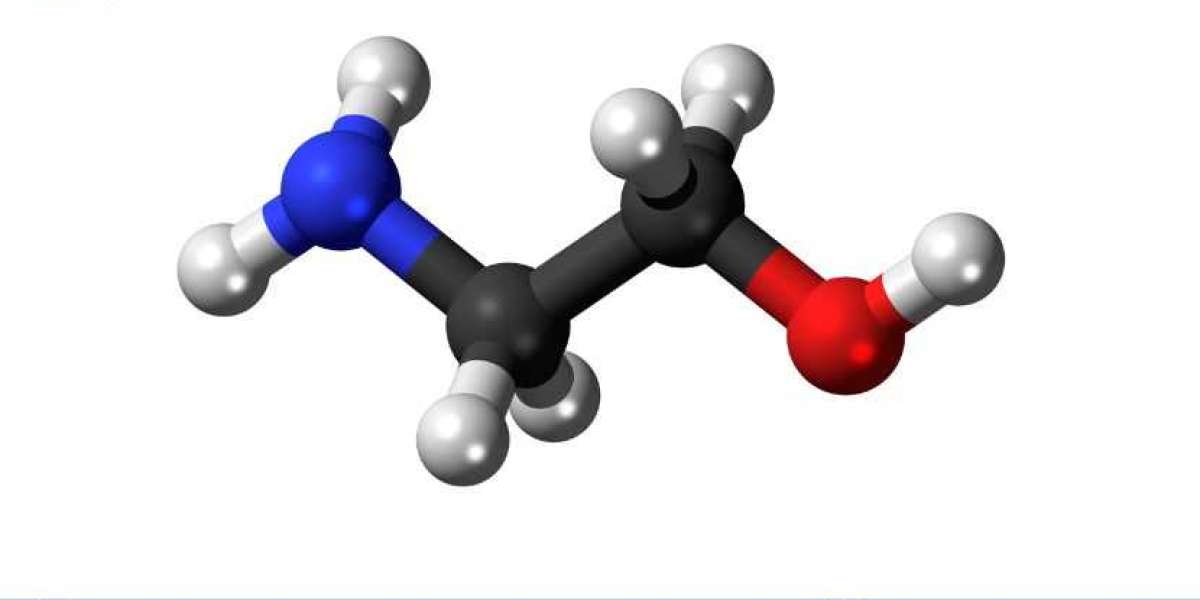In the heart of every complex lawsuit lies a critical divide. On one side, you have a world-class expert with a report filled with impeccable data, complex terminology, and scientifically sound conclusions. On the other side, you have a jury of twelve people whose expertise lies in entirely different fields. Their ability to grasp the expert's testimony will determine the outcome of your case.
This gap is where cases are won and lost. You cannot expect a jury to meet your expert on their own technical turf. The responsibility falls on you, the attorney, to bring the expert's world into the jury's understanding. The most effective way to build this bridge is not through more words, but through powerful visuals.
The evolution of Modern Courtroom Cases has proven that Animated Legal Videos and sophisticated graphics are not just decorative elements; they are essential communication tools. They act as a universal translator, converting the dense language of data into a clear, compelling, and human story that a jury can not only understand but also feel.
This process of translation is both an art and a science. Let's explore how to master it.
Understanding the Jury's Perspective: The Cognitive Hurdles
Before you can build a bridge, you must understand the canyon you are crossing. Jurors face several significant cognitive hurdles when presented with raw expert data.
First, there is the issue of jargon. Terms like "biomechanical forces," "proximal causation," or "metastasized carcinoma" are precise for experts but are meaningless noise to most laypeople. Second, there is the challenge of abstraction. A number in a report or a description of an internal bodily injury is an abstract concept. It lacks tangibility and visceral impact.
Finally, there is the problem of cognitive load. The human brain can only hold a limited amount of new information at once. A dense, technical testimony delivered over hours pushes jurors beyond their cognitive limits, leading to frustration and disengagement.
Your visual strategy must be designed to overcome these specific hurdles.
The Translation Process: From Spreadsheet to Storyboard
Creating effective Animated Legal Videos is a methodical process of distillation and design. It is not about dumbing down the information; it is about clarifying it.
The process typically follows these steps:
Immersion and Extraction: The visual experts at a specialized studio immerse themselves in the source material. This includes the expert's full report, deposition transcripts, and all underlying data. The goal is to identify the three to five core concepts that are absolutely essential to the case theory.
Storyboarding the Narrative: This is the most critical strategic step. Here, the legal team and visual designers map out the visual sequence. They decide the starting point, the key moments to highlight, and the concluding visual. This storyboard ensures the final product has a logical flow, not just a series of disjointed images.
Design and Simplification: This is where the real translation happens. Complex data points are turned into easy-to-read graphs. Anatomical terms are replaced with clear labels on a 3D model. A sequence of events is choreographed into a smooth animation. The principle is to remove every unnecessary element that does not serve the core narrative.
Expert and Legal Review: The draft visual is rigorously reviewed by the testifying expert to ensure scientific and factual accuracy, and by the legal team to ensure it aligns perfectly with the case strategy. This step is crucial for the admissibility and credibility of the final product.
This structured approach ensures that the final graphic or Animated Legal Videos are both accurate and accessible.
Case Study: The Industrial Accident
Consider a real-world scenario from Modern Courtroom Cases. A worker suffered a severe back injury when a hydraulic lift failed. The plaintiff's expert, an engineer, wrote a 50-page report filled with formulas about pressure differentials, metal fatigue, and failure thresholds.
The defense argued it was a case of worker misuse.
The plaintiff's attorney knew the jury would never wade through the technical report. They commissioned an Animated Legal Videos to illustrate the expert's testimony. The animation showed three things:
A cross-section of the hydraulic cylinder, visually demonstrating how a properly functioning system should have contained the pressure.
An animation of a microscopic crack developing and propagating over time due to a manufacturing defect, based on the expert's metallurgical analysis.
A final sequence showing the instant of catastrophic failure, directly linking the growing crack to the cylinder's rupture and the worker's injury.
The animation made the invisible visible. The jury didn't need to understand metal fatigue; they could see it happening. The case settled for a significant sum after the animation was disclosed, as the defense recognized its power to make a complex failure mode instantly understandable.
The Toolbox: Choosing the Right Visual for the Job
Not every piece of expert data requires a full-scale animation. A key part of the strategy is selecting the right visual tool for the specific communication challenge.
Timelines and Flowcharts: Ideal for establishing sequences of events, corporate hierarchies, or chains of causation. They provide temporal or relational clarity.
Enhanced Exhibits: Simple annotations, highlights, and call-outs on documents or photographs can direct the jury's attention to the most critical information.
3D Static Models: Perfect for showing the anatomy of a product, the layout of a crash scene, or the structure of a building. They provide spatial understanding without motion.
Animated Legal Videos: This is the most powerful tool for illustrating dynamic processes. They are essential for showing accidents, surgical procedures, mechanical failures, or the progression of a disease over time.
The choice depends on what you need the jury to understand: a sequence, a relationship, a structure, or a process. For a gallery of these tools in action, you can visit https://legalanimation.co/.
The Rules of the Road: Ensuring Admissibility
A beautiful graphic that is excluded by the judge is a wasted resource. The foundation for admissibility in Modern Courtroom Cases is always the same: the visual must be a fair and accurate representation of the underlying evidence or expert opinion.
The graphic must be based on facts in the record or the reliable methodology of a testifying expert. The expert must be prepared to vouch for its accuracy on the stand. Furthermore, its probative value in helping the jury understand the evidence must outweigh any potential for unfair prejudice.
By building your visuals collaboratively with your experts from the early stages of litigation, you create a product that is not only persuasive but also legally robust.
The Outcome: Persuasion Through Clarity
When you successfully bridge the gap between expert data and jury comprehension, you achieve more than just understanding; you achieve persuasion. A juror who confidently grasps the core technical argument is a juror who can defend that position during deliberations.
They become an advocate for your story in the jury room. They can explain the mechanism of injury or the product defect to their peers using the visual aids as a reference. This transforms them from passive listeners into active participants in building the verdict you seek.
In today's visual culture, jurors expect clear and engaging communication. Meeting this expectation is no longer a luxury; it is a standard of effective advocacy.
Build Your Bridge to a Successful Verdict
The complexity of your expert's data should be your greatest strength, not a liability. By investing in a strategic visual translation, you empower the jury to see the truth that lies within the spreadsheets and reports.
Do not let the most critical elements of your case get lost in translation.
Ready to transform your expert's complex data into a jury-friendly narrative that wins? Explore our proven process and see how our Animated Legal Videos and graphics have made a difference in Modern Courtroom Cases by visiting https://legalanimation.co/. Then, contact us for a confidential consultation. Let us help you build the most compelling bridge between your evidence and your verdict.








